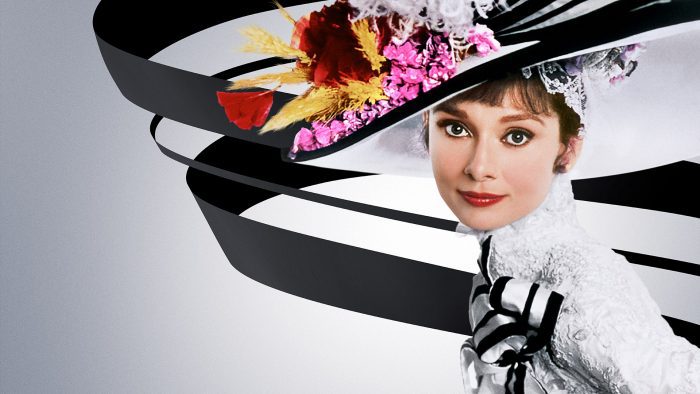Lucky me, our Mother’s Day celebration this year included a trip into New York City to see “My Fair Lady.” Now this show, which I first saw on Broadway in 1956 just after it was launched, was a trip down memory lane for me. It was also a bellwether for how much our culture has changed. At the time of its premiere 62 years ago, the play was the “Hamilton” of its time, creating the adulation and frenzied response for tickets that we are familiar with today.
“My Fair Lady” was a different sort of musical for its many-layered themes and clever, witty lyrics. It stood apart from the golden era of Rodgers and Hammerstein marvels like “South Pacific” and “Oklahoma!” that had preceded it. This wasn’t in the mold of a romantic musical but rather one about personal transformation and English class rigidity.
The play, by Alan Jay Lerner and Frederick Loewe, had as its inspiration from the ancient world, Ovid’s “Metamorphoses,” and more recently George Bernard Shaw’s “Pygmalion.” This is the story of a sculptor, talented but alone, who carves a beautiful woman out of stone and then falls in love with her. He prays to Venus to bring her to life, and the goddess of love hears him. The statue becomes flesh and blood beneath his hands, and what comes next is the essence of the story.
In the Lerner and Loewe iteration, two high society phoneticians named Henry Higgins and retired army Col. Hugh Pickering make a bet over whether the way English people speak — their accents — lock them into their class and station for their entire lives. Higgins feels that if he can teach a low-born pupil to speak the King’s English, he can change that person’s life. Now we are in the time of Edwardian England, and the person who overhears the conversation and offers herself up for self-improvement is Eliza Doolittle. A Cockney flower girl in Piccadilly Circus, she is both terrified of what is to come and palpably ambitious, insisting that while she is a “good girl,” not looking for anything carnal, she desperately wants to learn.
So Higgins takes her into his elegant home and professorial life and works intensely with her in his laboratory for months while Pickering looks on and offers help wherever he is needed — after being assured by Higgins that there will not be any hanky-panky involved. Higgins vehemently asserts to Pickering that he is not interested in emotional relationships. The experiment between the high-born cerebral bachelor and the “guttersnipe” pupil thus begins. Will Higgins succeed and win the bet?
We know Eliza will succeed, even as we watch her anguished attempts to learn what Higgins is working so hard to teach. There are testing moments for her progress and teaching opportunities that include a riotously funny visit on opening day to Ascot Racecourse. Fun is poked unmercifully at the pretensions of the upper classes.
Finally, the big test arrives, a ball where Eliza is going to be introduced to and judged by those swells
assembled. She, of course, pulls it off and is thought to be of Hungarian royal blood. But is she congratulated? Well, you have to go see the play. I’m not about to spoil the ending for those unfamiliar with the plot.
But her triumph is not the point. Her future is. What is to become of this person who has transcended her class, with its freedoms, grime and penury notwithstanding, and is now locked into the bourgeois rules for women in an ossified society? Is she to become Higgins’ mistress? And what about him? She has now awakened emotions in him that he has long walled off from his daily life. Will he ask her to marry him? He, too, has been transformed.
The answer is that 1956 was quite different to 2018. Can you guess?





